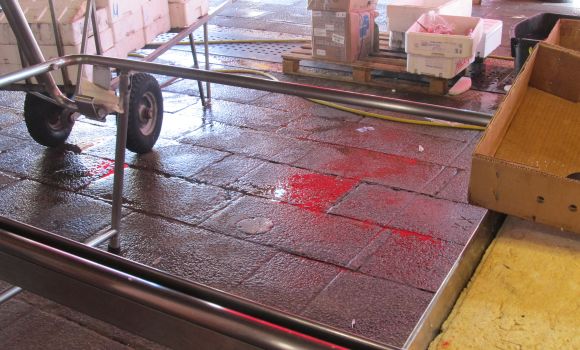
I wanted to title this post “My Name is Red,” even though doing so would have meant stealing it from Nobel Prize-winner Orhan Pamuk. I was happy to exploit him because his novel of that name is one of the most extraordinary books I’ve ever read. Anybody who can start a story with “I am nothing but a corpse now, a body at the bottom of a well,” has my vote.
Back to red. For some reason I notice it early and often. I have no theory as to why; maybe it’s that red has been throwing itself in front of my face. It is, after all, one of the more assertive colors in the spectrum.
Venice and red have a long and glorious coexistence, and I do not refer to the torrents of hemoglobin spilled in its incessant wars. (Speaking of bloodshed, did you know that arterial blood is bright red, while venous blood is a dark maroon? If anyone wants to know my source, it isn’t Johns Hopkins Hospital — it’s “13 Ways to Make Fake Blood.”)
No, the marriage of Venice and red takes us back to the Great Days, when Venice’s claim to fame was supported, among other things, by a number of exceptional products: glass, of course, and there was teriaca, a three-weird-sisters preparation believed to cure everything you can name, and many that you can’t even imagine.
And then there was the sumptuous color known as “Venetian red,” first documented in 1753, though I assume it had already been in use for a number of centuries.
“The skilled dyers of Venice, in particular, were known for their ability to create gorgeous red dyes,” writes Amy Butler Greenfield in her book, “A Perfect Red.”
“The deepest and most resplendent reds,” she goes on, “collectively known throughout Europe as ‘Venetian scarlet,’ were the envy of all who saw them. Throughout Europe, dyers tried to imitate these reds without success, perhaps because no one thought to add arsenic, an ingredient used by the Venetians to heighten the brilliancy of their dyes.” Perhaps the arsenic supply was being diverted to other uses.
Like any trade secret upon which fortunes were built, Venetian dyers did everything to conceal their recipe, to the point of inventing macabre tales of specters haunting the dyeworks, to keep the curious at bay. (I would have thought the stench alone would have been enough of a deterrent. But what I call “stench” was clearly the ravishing odor of money.)
Although I did find a recipe for Venetian red dye, I’m not going to share it, partly because it’s pretty complicated and not something you should consider trying in your kitchen, and partly because I’m convinced that whatever result you obtain wouldn’t truly match the refulgence of the original.
Then there were the Venetian painters, who also found a way to make red their own. Even on canvas, “Venetian Red is a pure iron oxide with real wow factor,” as Matisse Professional Artist Acrylics and Mediums puts it in its catalogue.
“It gets its name because the natural iron oxide deposits inland from Venice were this color which was midway between the deeper violet iron oxides found near Pozzuoli and the common red oxides found elsewhere,” Matisse continues. “The Venetian painters used this color with flair and particularly as a result of Titian’s usage of it, it became a famous color throughout Italy…This same shade of red oxide is found in the stone age cave paintings in France and when discovered they were clearly as vibrant as the day they were painted 16,000 years earlier…”
I would continue this treatise but feel my mind wandering away into foggy byways of minutiae. And anyway, maybe you don’t care about red, even though eight seconds of research reveals that it represents just about everything in human existence: fire and blood; energy and primal life forces; desire, sexual passion, pleasure, domination, aggression, and thirst for action; love, anger, warning or death; confidence, courage, and vitality.
I forgot to add danger, sacrifice, beauty, national socialism, socialism, communism, and in China and many other cultures, happiness.
Also hatred and sin.
If you have any urges left over, you can distribute them among the greys and fawns, or devote them to cornflower, saffron, or Mughal green. I’m taking the high road.

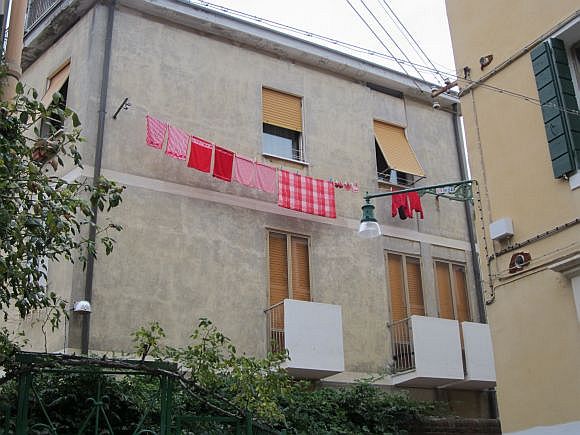

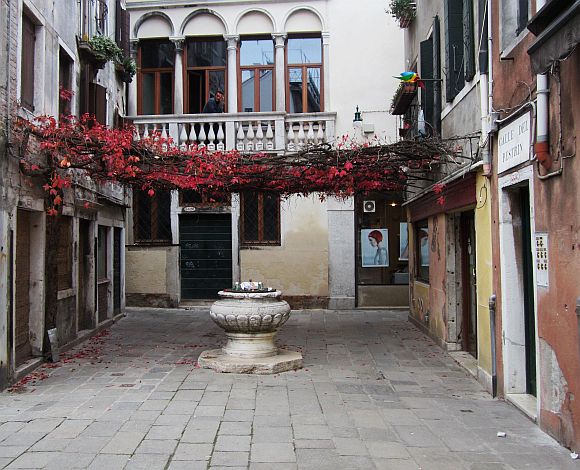
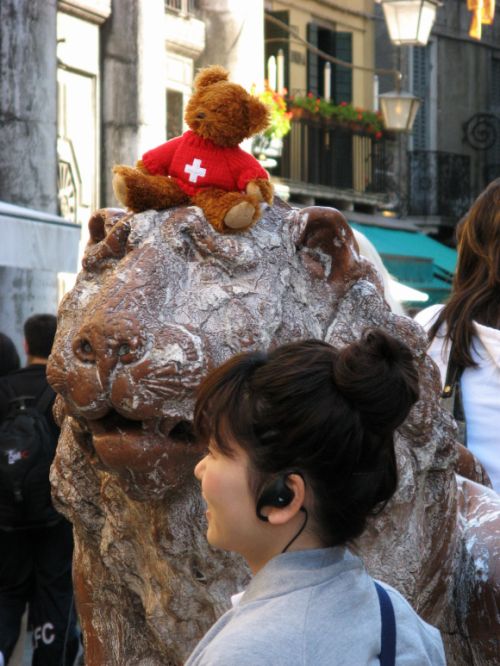
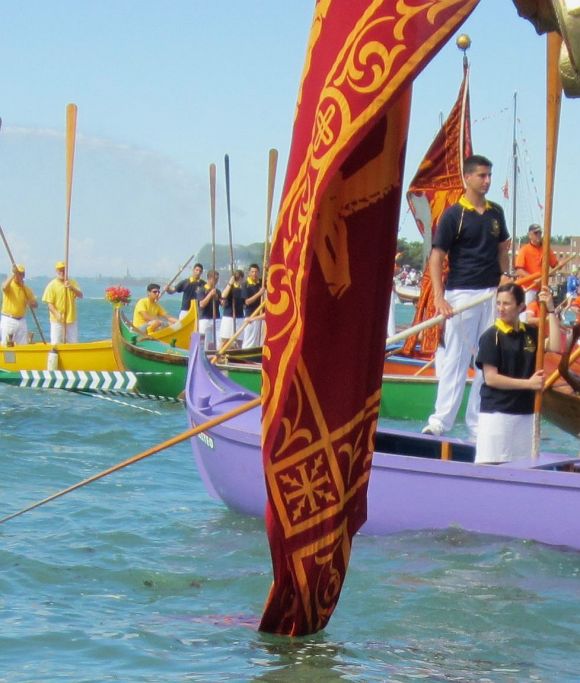





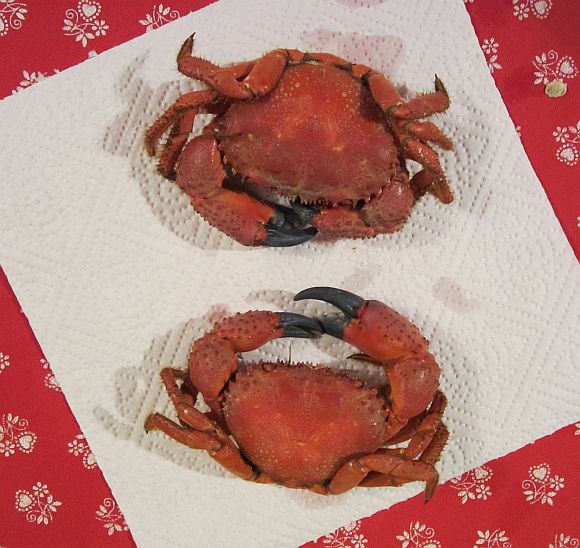
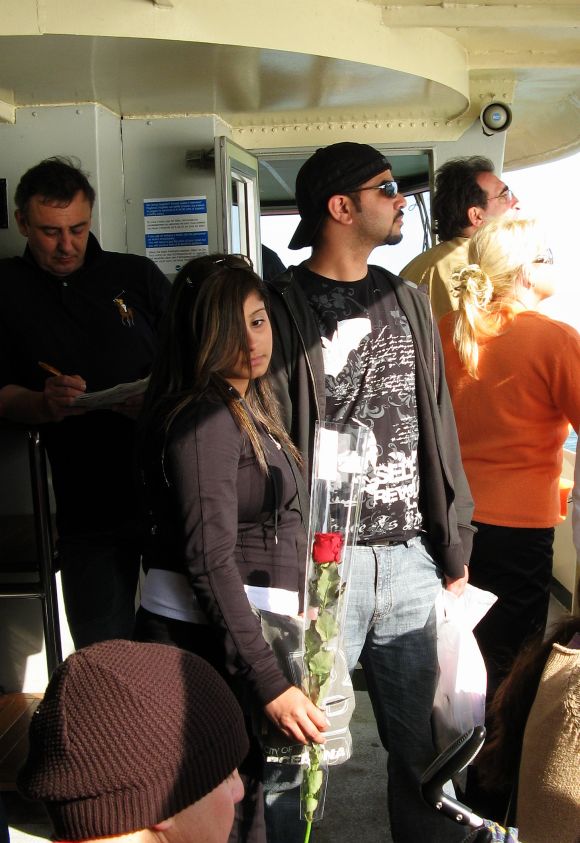
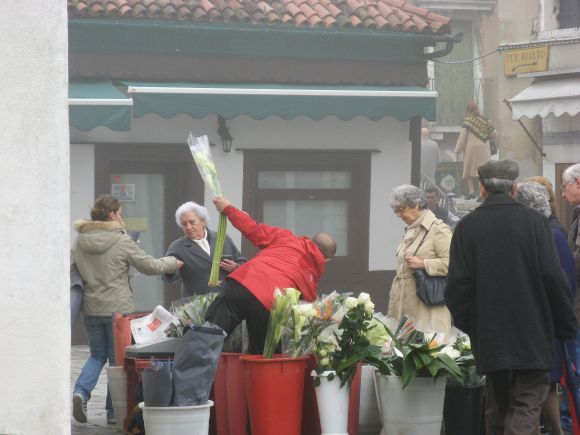
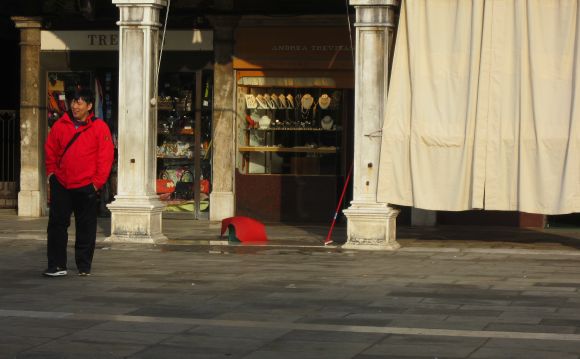

7 Comments
Sheer genius, Erla! Great photos!
Do you know why we call the robin “red-breast” and have red squirrels and red-headed people, when they are all orange in colour? According to QI [UK TV programme], it’s because we didn’t have the colour ‘orange’ in our vocabulary when these names were being handed out. Even though we had the word ‘orange’ for the fruit.
Why is it that the only colour that runs and turns all your whites pink is red? Blue only runs when it is the dye used with denim. If the red dye is so non-colourfast that it runs out of that red sock, why does it never run out of all the whites it has coloured pink?
A splendid portfolio. When removed from their usual context of illustrating your blog text and stand here, more or less on their own, we get to see what a wonderful photographer you are.
Rather than leave your extravagant comment unacknowledged, all I can say is that I can’t think of what to say. I’m going to have to rely on “thank you” to get me through.
Enjoyed ready very much
What a visual delight, Erla! And as usual, you include such wonderful nuggets of information. I especially appreciate the “truth in advertising” sourcing of the color of arterial blood vs. venous blood. But then your sourcing was always impeccable!
High praise and possibly undeserved, but I won’t insist. Thanks!
this content is very informative